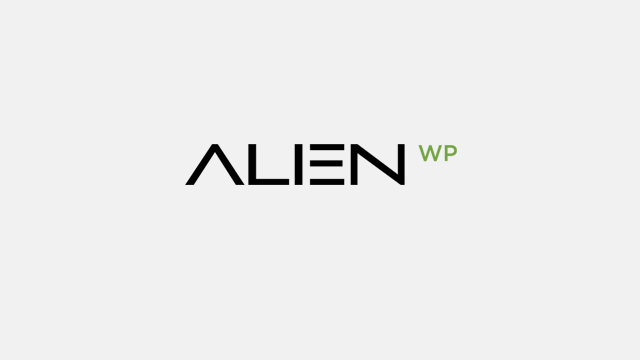
(dis)locations
(dis)location#1 Crestuma July-September, 2010
Bárbara Leite | Carolina Anselmo | Filipe Garcia | Filomena Nascimento | Francisco Chendo | Inês Alves | Ivone Monteiro | Maria João Tavares | Marta Rocha | Meireles de Pinho | Miguel Costa | Rita Rainho | Tânia Pires | Ivo Teixeira
In each movement of dislocation of a body, the act of making place is re-discovered, the act of attributing meaning to that which is attained by our senses, and to that which, though not attained, is foreseen in what is alluded. Crestuma is a hoard of organised meanings that are summoned under the sign usually designated as identity, which, in several subjective levels, are joined by the partial constructions that each individual makes of said sign.
In (dis)location#1 fourteen new ways of looking find a place in the arteries of the village, revealing the contextual texture of the place and, mainly, sharing with its inhabitants and visitors re-readings that enable, amongst the former, a re-dimensioning of the everyday look, and amongst the latter, offering a particular knowledge that extravasates the usual readings of a touristic guide.
Though defining an heterogenous pattern, these interventions allow for the identification of three discoursive lines.
The fluorescent past of the village, materialised in the disused buildings and shared in narration by the inhabitants, constitutes one of the factors of interest in the approach of Carolina Anselmo, Meireles de Pinho, Bárbara Leite, Filomena Nascimento and Ivone Monteiro. Stories are re-inscribed and particular aspects of the industrial heyday are revealed, able of potentiate, in the present, a re-enactment of forgotten memories and a prolific re-encounter with the past.
Rita Rainho, Marta Rocha and Tânia Pires re-enforce the sense of belonging of the land to the edifying agents of their everyday. These approaches are substantiated in the commitment of thinking the social needs of the Village, or through the poetic enhancement of their landscape, in the act of “rendering visible”, or in the collective planting of the edge of the ridges.
Finally, the work of Ivo Teixeira, Filipe Garcia, Miguel Costa, Inês Alves, Francisco Chendo and Maria João Tavares relaunch the act of perpetual re-inscription of the present, proposing re-readings of the specificities of local identity.
Crestuma is extended in the eyes of who sees it and of who renders it visible.
Carolina Rito, Crestuma 2010
Bárbara Leite
Histórias em Layers
Carolina Anselmo
Estórias em História
Ivo Teixeira
River Cruise
Miguel Costa
Monumento Aberto
Maria João Tavares
Natureza Invertida
Rita Rainho
PostCrestuma
Meireles de Pinho
Canot
Marta Rocha
Place in a Box





















Comments are closed, but trackbacks and pingbacks are open.